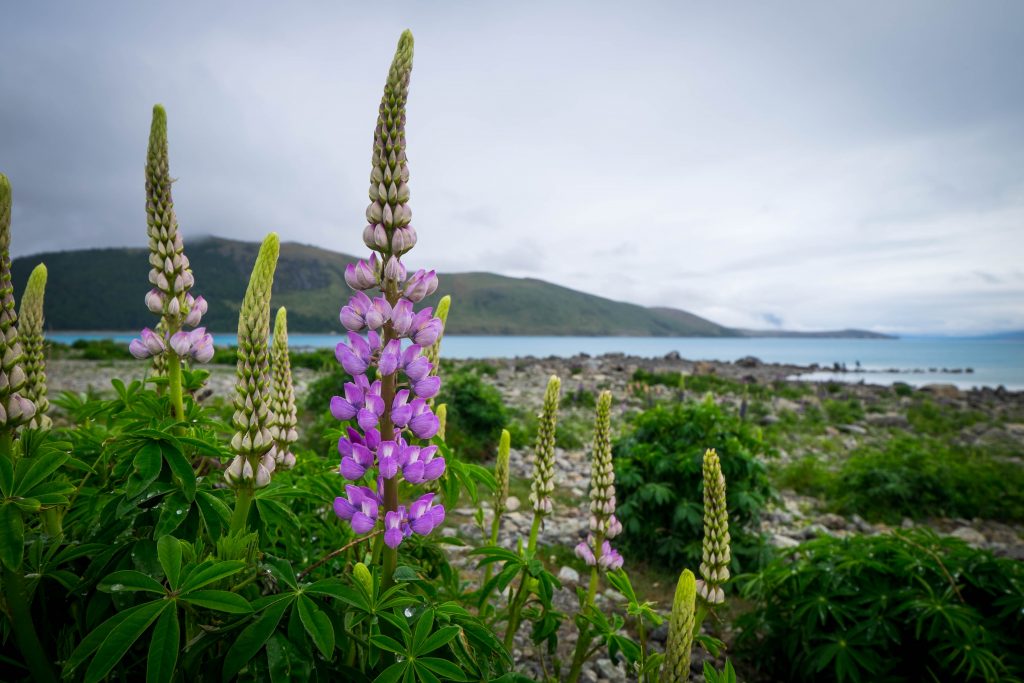
If you’re a lake homeowner who enjoys gardening, you’re probably familiar with the U.S.D.A. Plant Hardiness Zones. This guide, based on your region’s average minimum rainfall per year, provides basic instructions for how to garden in your zone. According to these guidelines, varying types of plants are native to different regions. For example, a palm tree won’t grow very well in Alaska, but they’re abundant in Florida. This is because palm trees are native plants in tropical climates, due to the environmental conditions that are conducive to their growth.
Previously on the Lake Homes blog, we’ve covered the basics of various gardening zones. While we have divided these instructions based on zones in the past, we’re now taking a look at features of specific regions. No matter what region of the country your lake residence is in, we’re here to help with some gardening basics!
Northeast
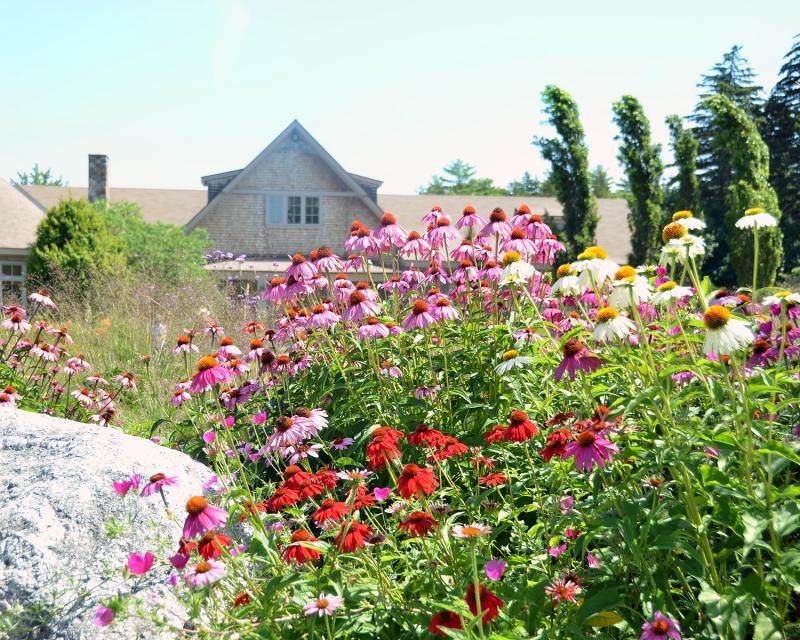
First, we’ll start with the top right of the country. These small states that encompass New England and from Maine down to Maryland, is considered the northeast portion of the U.S. If you own a lake house in these states, the summer growing season happens in June. During this time, it’s a great idea to install bushes and perennials, as well as feed plants that are already in the ground using fertilizers. But it’s not just time for perennials — summer can also be a perfect season to “quick start” annual plants like zinnias and marigolds. If you’re unsure what native plants to incorporate into your garden, try out a Blue Eyed Grass, Swamp Milkweed or Shadblow.
Southeast
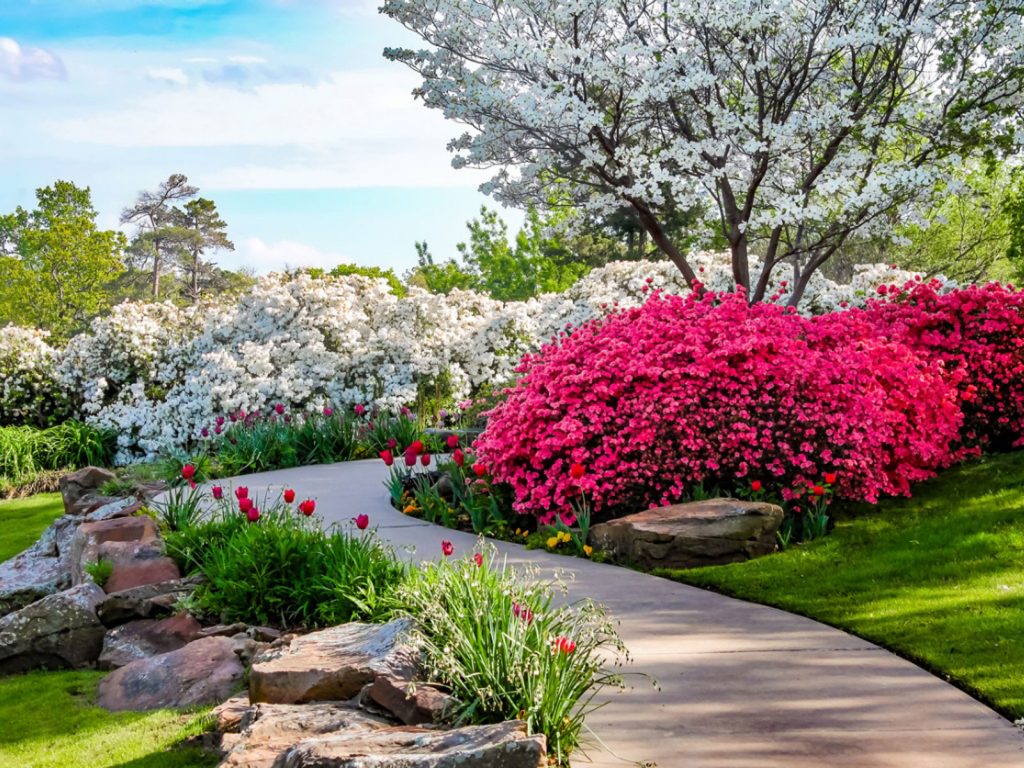
Those in the southeast get to enjoy warm summers with humid, sometimes subtropical, climates. Good news for gardeners — these long and hot summers are perfect for most herbs and vegetables. In the southeast, vegetables actually can grow year-round without too much extra effort. For regions with long growing seasons like the south, it’s best to take advantage of this feature.
However, some southeastern gardeners advise taking a gardening break from July to August because many plants won’t be able to withstand the heat. For instance, fruit trees and perennials are best to plant in the fall when the heat isn’t as big of a threat. Additionally, during this season, be sure to water your plants in the morning so it has time to evaporate in the afternoon. Great native plants to grow in this region are arrowwood viburnum, pholyx, hackberry, and many more.
Midwest
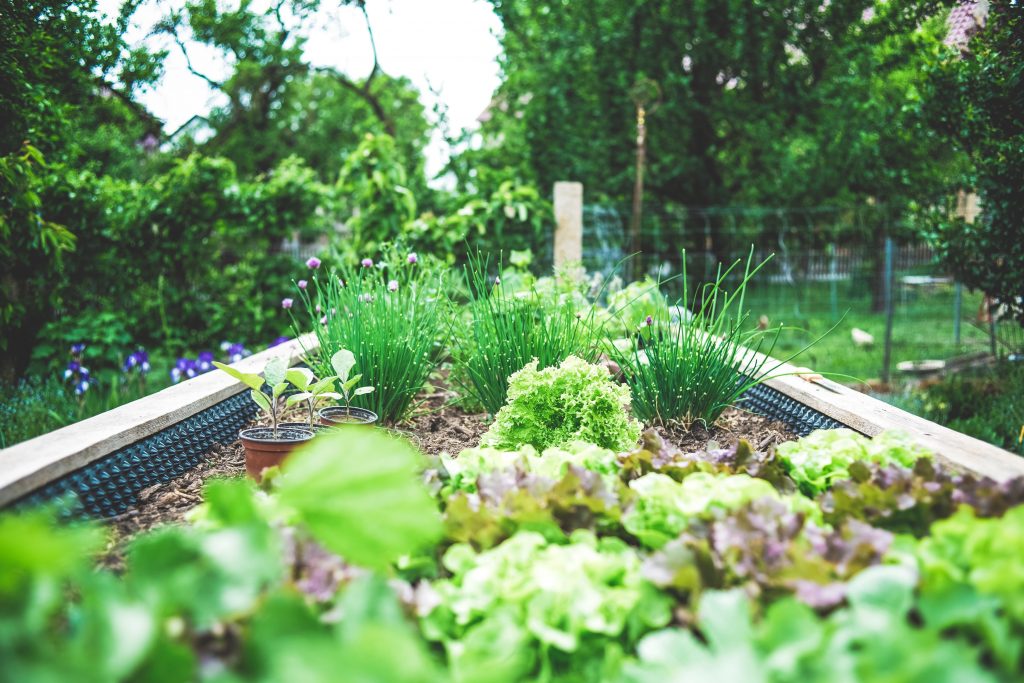
Midwesterners might be the luckiest gardeners. This region has some of the country’s most fertile soil, making the midwest a gardener’s paradise. Although winters can be rough depending on your specific state, the summers are typically long and hot — perfect for your lake house gardens. But despite the length of summer, you may need to supplement the lack of rainfall with irrigation through soaker hoses and drip systems. Especially during the summer, you’ll also need to weed your garden once a week. Just as your plants enjoy the midwest’s fertile soil, so do the weeds. In this region, cabbage, peas, lettuce, and cauliflower are fantastic vegetables. And let’s not forget corn — the signature crop of the midwest.
Northwest
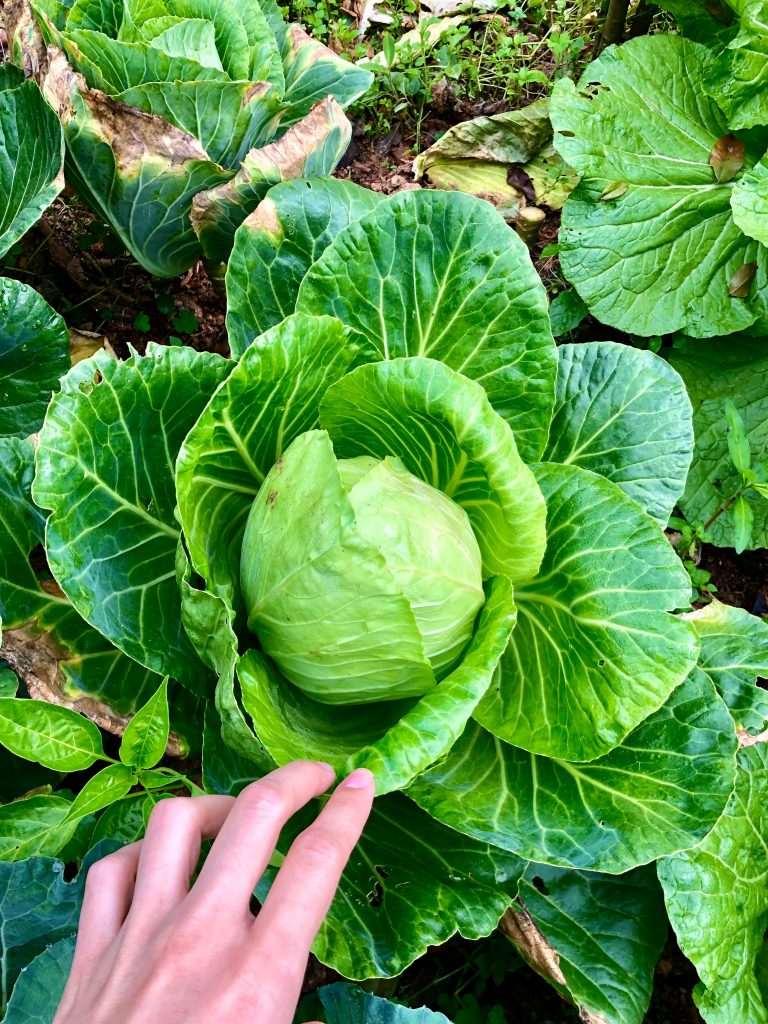
If you own a lake house on Puget Sound or another body of water in the Pacific Northwest, you know that a defining feature of this region is its amount of rainfall. The above-average levels of rainfall in states like Washington and Oregon lead to an abundance of lush greenery. Because of its northern location, you may have a harder time growing warm-weather crops like tomatoes. However, you’ll have much better luck with cooler-weather plants such as cabbage and green beans.
Southwest
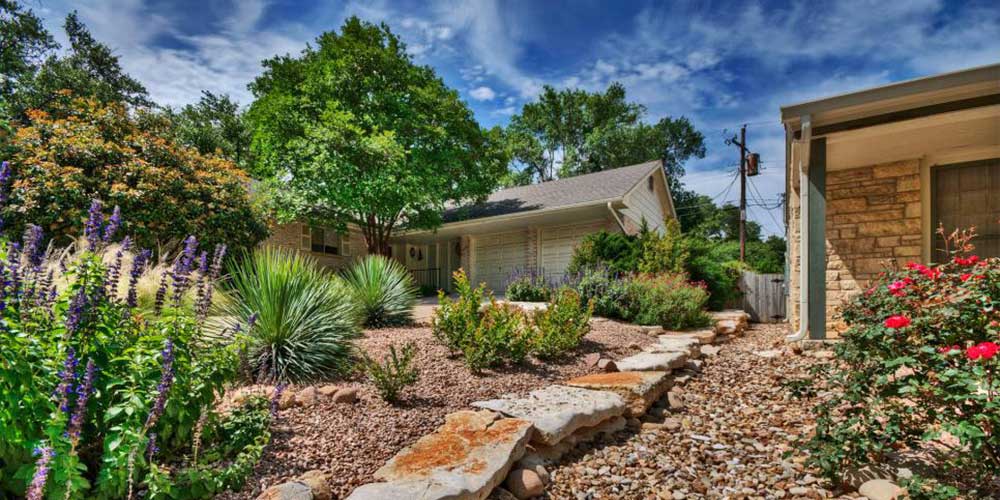
The southwest region of the country — Arizona, New Mexico, and surrounding states — shares some common features with the southeast when it comes to growing plants by region. Namely, the heat and long summers. However, one of the main differences is that in the southwest, the climate is arid rather than humid. This feature alone can make a huge difference when determining what to plant. The lack of rain and humidity makes low-irrigation techniques like xeriscaping popular. Pro-tip for gardeners at home — it’s best to water your plants in the evening so that less water evaporates from the sunlight throughout the day.
We hope this is a helpful starting point for learning how to plant in your region! When starting your gardening journey, keep in mind that while these regional differences exist, many microclimates can exist in the same region. For example, the northern and southern portions of a region may have very different groups of native plants. To make the most tailored choices for your lake house, use tools like the USDA Plant Hardiness Zone Map that provide gardening recommendations based on your specific zip code. From our lake house to yours, happy gardening!

